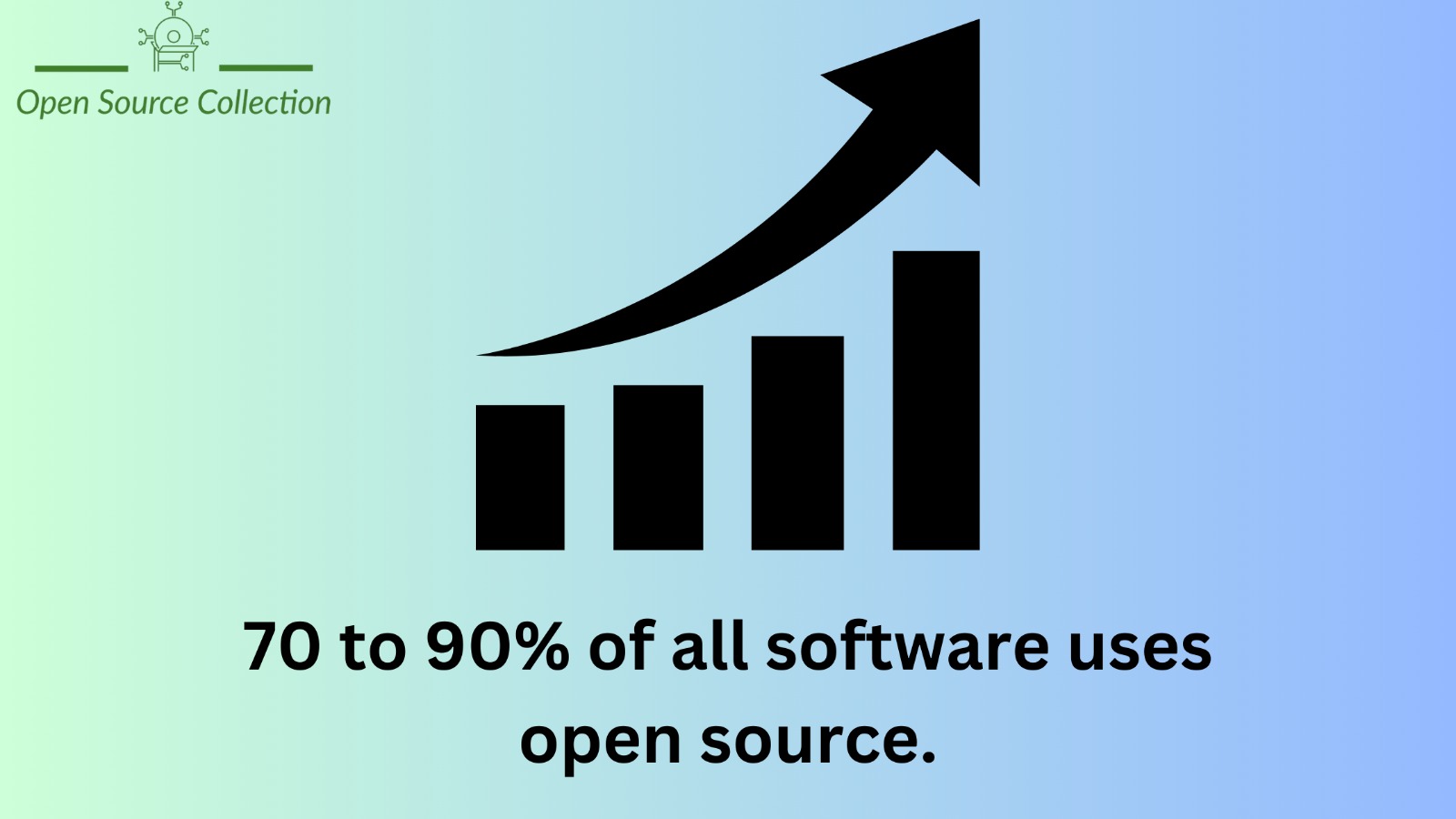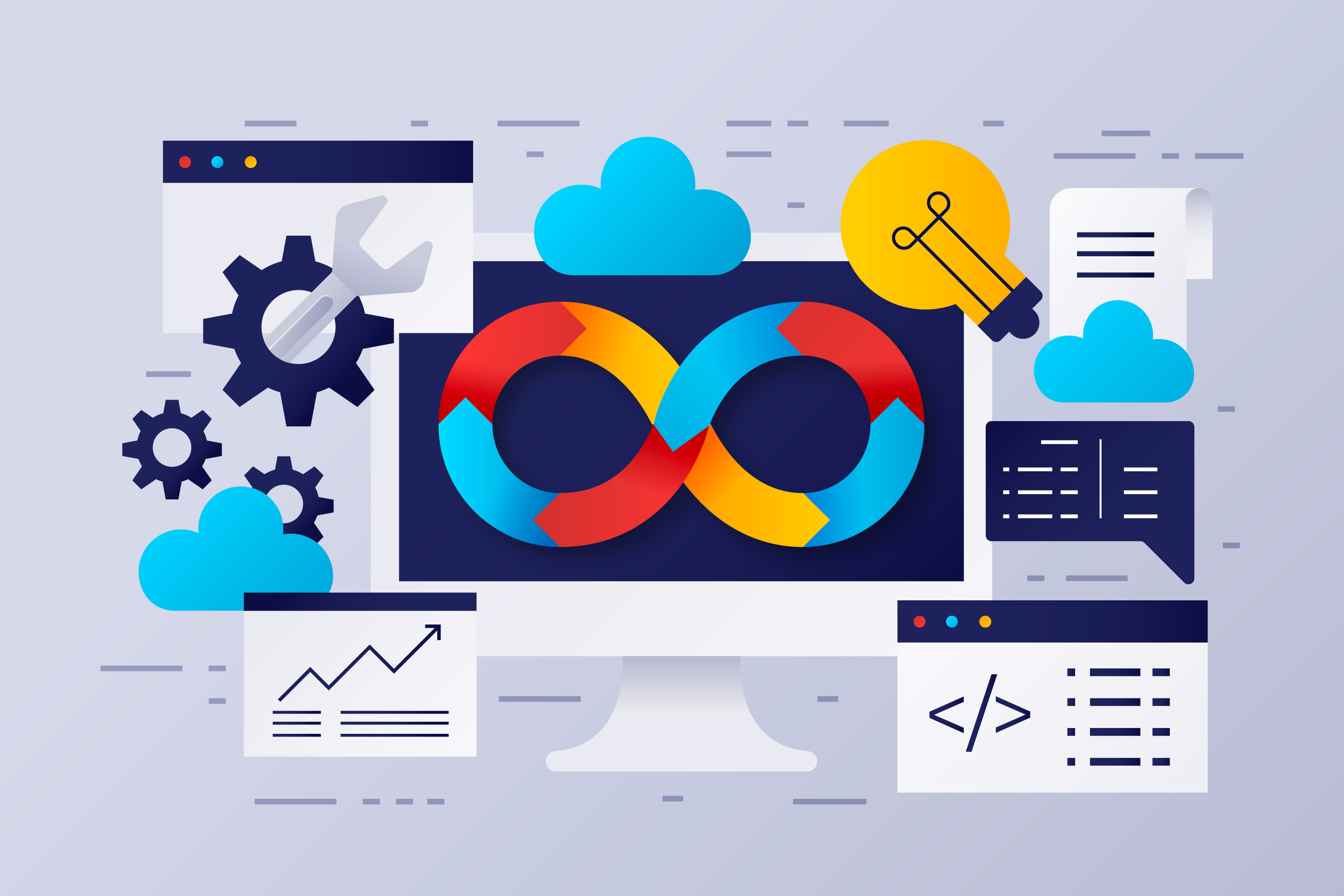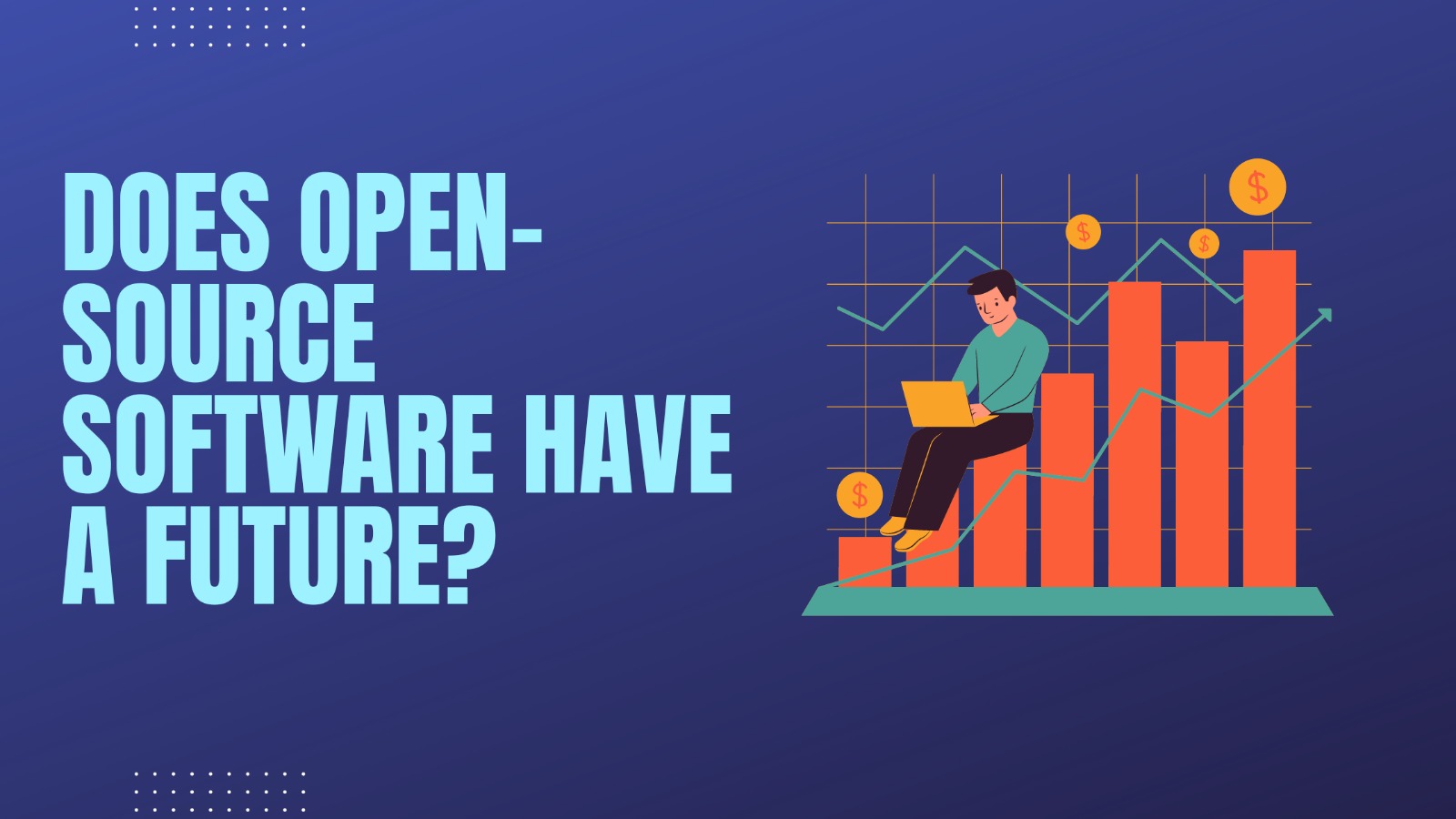As we step into 2023-2024, open-source technology is like the heartbeat of the tech world. Let me give you some examples to show how important it is. Take Linux, a project started by Linus Torvalds just for fun. Now, it's a crucial part of the internet, running most web servers, supercomputers, and Android devices. Think about Apache HTTP Server; it's a leader in web services, shaking up the dominance once held by Internet Explorer through browsers like Netscape Navigator and Mozilla Firefox. And don't forget Android, which completely changed the smartphone game, thanks to Google's support.
There's been a big change in how we make software. It used to be something owned by one person or company, but now, things have turned around. Open source is the new way—more democratic, clear, and collaborative. It's a key idea in making software today. Open source is the backbone of the digital world: it runs the internet and helps create operating systems, programming languages, and countless applications.
You know what? According to Open Logic’s 2023 Open Source Report, 80% of polled companies said their use of open source over the previous year had increased. As the corporate adoption of open source continues to increase, the space continues to grow and thrive, thanks to its large and dedicated community. So, let’s find out more about the future of Open Source in this article…
Current State of Open-Source Software
Open-source software is everywhere and used for a lot of things like mobile apps, online stores, artificial intelligence, electric cars, and streaming services. Most estimates say that 70 to 90% of all software uses open source.

When developers use open source, they can quickly develop new ideas and improvements. But using code from other sources, like open-source packages, can also bring in security risks. The more popular a certain open-source package is, the bigger the impact if there's a security problem in it. So, developers and companies need to understand and find ways to reduce these risks.
Snyk and the Linux Foundation worked together to study the current situation of open source software. They looked at how developers find and deal with risks and what organizations can do to test and improve their open-source components.
Even though many people rely on open source packages, the research found that many organizations don't have good rules and control over the security of open source. It also showed that many don't know how to handle problems in open-source packages, and they're not very sure about their security rules. Surprisingly, 27% of medium to large companies don't even have a clear security policy.
Advantages of Open-Source Software That is Securing the Future
Here we have some of the main advantages that are helping in the growth of Open Source:

Complete Transparency
Open-source software is like a see-through window – what you see is exactly what you get. The special thing about it is that its code is completely open for everyone to see. This transparency is a big deal and leads to many other good things about open-source software. When people can see the code, they tend to trust the software more. And because the code is out there for the public, it gives users a feeling of safety. They know they can use the software for a long time without it suddenly disappearing.
Flexibility at Its Best
Open-source software is like playdough for computer programs. Developers can look at the code, understand how it works, and even make changes to fit their needs. This flexibility is a huge advantage because it means the software can be adjusted for personal or company needs. If there's something not quite right, they can fix it. Flexibility is a big deal for open-source software. It means freedom from being stuck with one company, and it also lets the software grow and change as needed.
Super Speedy Agility
Being agile is super important in business today – it means being quick and smart to beat the competition. Open-source software is like a superhero in this aspect because it lets you solve problems in many different ways. Also, open-source software is always getting better. People from the open-source community are always working on it, making improvements. Regular software takes longer to update, and those updates often come from business reasons.
Top-Notch Security
Some fans of open source say it's like having a superhero shield for your software. But, truth be told, open-source software isn't automatically super secure. It depends on how well it's taken care of and watched over.
Fueling the Change to Digital Ways
The world is moving forward fast, and businesses that don't join the digital transformation often end up falling behind. According to this study, more and more companies are using open-source software to make this digital transformation happen. They do this because it helps them work better, be more flexible, and easily connect different things. In fact, almost half of the companies (48%) say open-source is super important for making their digital transformation plans work.
Evolving Trends in Open-Source That Helps in its Future Growth
The new trends of Open Source are a huge reason for its success and brighter future. Here, we have the Top 3 trends that are the pillars of Open source.
Embracing Artificial Intelligence and Machine Learning
In 2023, many computer programmers are excited about using artificial intelligence (AI) and machine learning (ML). A recent survey on GitHub found that a whopping 92% of developers use AI-powered helpers to write code. These AI and ML tools aren't just for coding; they're also helping with any task that involves learning, problem-solving, and decision-making.
Putting a Spotlight on Security
Security is a big deal in the world of computer programs. According to a report by Synopsys in 2023, when they looked at over 1,700 sets of code, they found that 87% had assessments of security and operational risks. The report also discovered that 89% of the code had open-source parts over four years old, and 91% had components that hadn't been updated in at least two years.
After the recent Log4j library issue, where there was a big problem with security, everyone in the open-source world is extra focused on making things safe. In 2024, the open-source community is expected to keep reminding everyone about the importance of good security and privacy practices.
More Help from Big Companies
Big and small tech companies are realizing how important the open-source community is for everything they do. They're starting to support open-source creators more by starting new projects and giving them money. This recognition of open source's importance leads to even more efforts and sponsorships to help those who create open-source software.
The Future of Open-Source Software
People in the tech world are starting to like the idea of being open and including everyone, and this matches perfectly with the open-source way of doing things. Smart developers really like the idea of working together on projects that make a positive difference, and open source is the perfect way to do that. Even companies are changing how they make software, focusing more on involving the community and thinking about what's right and fair.
In terms of money, open source is helping businesses save money and work better. Instead of paying a lot for special software, companies can use open-source software for free. They also don't have to rely too much on just one company, so they're not stuck if that company changes things. Also, because lots of people can work on open source, any problems get fixed faster, which makes things more secure.
Looking ahead, open source is going to be a big part of creating new finance platforms, unique tokens, and even ways of making decisions using blockchain technology. The open-source community is making sure these technologies stay safe, can be checked, and don't get controlled by just one group.
Even though there are some things that open source can't do, more and more people are excited about it. That's mostly because there's a big group of developers all over the world who want to make open source better and better.
Conclusion
In conclusion, the future of open-source software appears dynamic and promising, driven by a combination of community collaboration, technological advancements, and increased recognition of its value across various sectors. As the open-source landscape continues to evolve, addressing challenges and embracing opportunities will be essential to ensuring its enduring relevance and impact.
FAQs
Yes, open-source software is still widely used across various industries and continues to play a significant role in software development.
According to Apple: Open source software is at the heart of Apple platforms and developer tools. Apple manages the following projects and encourages your contribution.
Companies may choose not to use open-source software for various reasons, including concerns about support, security, and specific business requirements. Some companies may prioritize proprietary solutions for proprietary features or official support, while others might have security or compliance concerns associated with certain open-source projects. Additionally, familiarity with existing tools and potential challenges in integrating open-source solutions into existing systems can also influence the decision not to adopt them.

